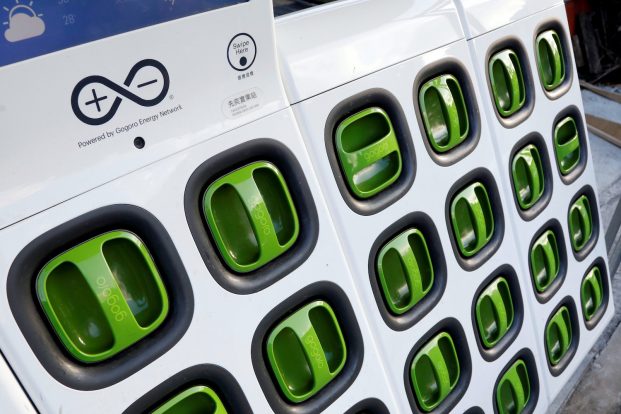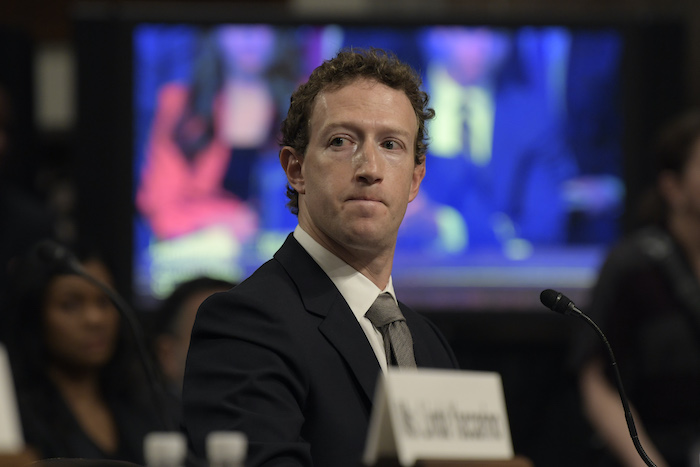A year ago Tesla dismissed the alternative path of electric car battery swapping as “riddled with problems and not suitable for widescale use”. It seems Beijing disagrees.
In fact, China is pushing hard for swappable batteries for electric vehicles (EVs) as a supplement to regular vehicle charging, with the government throwing its weight behind several companies advancing the technology.
Four Chinese companies – carmakers Nio and Geely, battery swap developer Aulton and state-owned oil producer Sinopec – say they plan to establish a total of 24,000 swap stations across the country by 2025, up from about 1,400 today.
Battery swapping allows drivers to replace depleted packs quickly with fully charged ones, rather than plugging the vehicle into a charging point.
Swapping could help mitigate the growing strains placed on power grids as millions of drivers juice up, yet specialists caution it can only take off in a big way if batteries become standardised industry-wide.
If China is successful in making swapping successful on a large scale, that could undermine the business models of global brands such as Tesla, Volkswagen and General Motors, whose EVs are powered by their own proprietary batteries and, in Tesla’s case, its own charging network.
Consequences for Carmakers
Even slight changes of fortune in the country can have significant consequences for these carmakers, whose futures rely on achieving success in the world’s largest car market.
The Chinese swapping plans, announced piecemeal in recent weeks and months but not widely known outside the domestic auto sector, are part of Beijing’s broader plan to make 25% of car sales fully electric by 2025, or more than 6 million passenger vehicles based on current forecasts.
Estimates vary widely as to how many will have swappable batteries.
The Ministry of Industry and Information (MIIT), a major supporter of battery swapping, did not immediately respond to a request for further comment about China’s battery swapping strategy
Furthermore, big Chinese players are also looking overseas.
Ningde-based Contemporary Amperex Technology Company Ltd (CATL), the world’s biggest battery maker, said it was developing swapping services not only for China, but “to meet the demand of global markets”.
“We are accumulating experience in the Chinese market and at the same time communicating closely with overseas partners. You’ll receive more concrete information soon,” said CATL, which supplies about half of China’s market and more than 30% of the battery cells used in EVs globally.
Nio, among China’s top EV makers, plans to offer US customers battery-swapping services by 2025, the company’s North American head Ganesh Iyer said. It has more than 800 swap stations in China and has just set up its first in Europe.
Is Swapping Better Than Charging?
Such plans clash with the views expressed by global EV pioneer and leader Tesla in March 2021 when it dismissed the viability of large-scale battery swapping in China. It trialed swapping in the United States years ago and abandoned it.
Industry executives are divided over whether China’s push can overcome the reluctance of European and US automakers to abandon their own battery designs and adopt standardised ones.
“You’ll never ever get carmakers to agree to swappable batteries,” said Andy Palmer, former CEO of Aston Martin and currently head of EV maker Switch Mobility.
John Holland, wireless EV charging company Momentum Dynamics’ commercial director for Europe and the Middle East, said convergence on batteries created a quandary for automakers.
“Then how do you differentiate your product?”
Tesla, GM and Volkswagen say they are not exploring battery swapping right now.
A GM spokesperson said that swappable batteries “are not part of our strategy at present.”
A VW spokesperson said the company originally considered battery swapping to avoid waiting times at charging stations, but added that advances in fast charging and the lower costs of non-swappable batteries had led it to shift focus to the latter.
“Nevertheless, our strategists closely monitor and evaluate the competitive environment and all developments in this area,” the German carmaker said.
A Tesla spokesperson didn’t immediately respond to a request for comment.
Swapping and regular grid-charging both have critics and cheerleaders in a rapidly evolving auto tech arena.
The ease of exchanging batteries in e-scooters has been demonstrated in Asia and Europe, but the challenge is adapting the technology to larger and more complex cars, trucks and vans. (See accompanying short story).
Concerns about the length of swapping times have also faded, with Nio saying it has automated the process so it takes as little as 90 seconds.
Yet the more familiar grid-charging side has a huge head start, and is bolstered by the fact there’s already billions of dollars’ worth of charging infrastructure built globally.
Automakers are also rolling out EVs with improved batteries that boast longer ranges and shorter charge times, which could make swapping obsolete.
Building Standardised Batteries
In China, MIIT released the global auto industry’s first standards for swapping technology last year. They went into effect in November, specifying safety requirements, test methods and inspection rules for EVs with swappable batteries.
The ministry aims to have more than 100,000 battery-swappable vehicles and more than 1,000 swap stations, in total, in 11 cities by 2023; stations in the bigger cities will accommodate both passenger and commercial vehicles, while outlying provincial cities will focus on electric heavy-duty trucks.
Yet a key uncertainty for China’s ambitions is whether enough carmakers adopt standardised batteries, an obstacle that scuttled attempts at battery swapping in the last decade – yet, if overcome, could propel the technology to a viable scale. Read a short history of swappable batteries here.
There’s a long way to go. Even the swapping option offered to customers by Nio uses the company’s own batteries, thus limiting the service to people driving Nio cars equipped with the company’s proprietary batteries.
CATL, which helped Nio develop swappable batteries, has signed up China’s FAW Motor as the first customer for its new Evogo battery swapping service and expects to extend the service to other Chinese automakers.
CATL wants domestic firms to accept its standard battery design so its stations can service models from multiple brands, according to a person close to the company who declined to be named due to commercial sensitivities, adding that it expected more car brands to adopt its standardised designs.
The company is “the biggest game in town” for EV batteries, said Tu Le, managing director of Sino Auto Insights.
“They can offer a large footprint for swapping stations and a low cost to use those stations,” he said.
Meanwhile, among those Chinese companies building out swap station networks, Shanghai-based Aulton New Energy Automotive Technology has said it is working with automakers to develop standardised batteries, and with Sinopec to install stations at 30,000 Sinopec gas stations in China by 2030.
Aulton didn’t respond to a request for comment.
Costly Transition To EVs
While international carmakers may resist swappable batteries, they are reliant on Chinese sales to fund their costly transition to electric and will have little choice but to adapt to the market there, according to many industry experts.
Furthermore, if Beijing ultimately mandates swappable batteries “and starts saying, ‘Okay, the only car you’re allowed to produce is one that meets the standard’ . . . you would have to comply to stay in business” in China, says John Helveston, assistant professor at George Washington University’s School of Engineering.
Some advocates of swapping are looking beyond China.
Battery swapping “is too convenient, too economical and too logical for this not to happen at scale in Europe and the United States,” said Levi Tillemann, head of policy and international business at San Francisco-based battery swap startup Ample.
“It’s a sort of magical thinking to imagine that this is a uniquely Chinese phenomenon,” he added.
Ample, one of just a handful of battery swapping developers outside China, has raised $275 million from investors, including energy companies Shell, Repsol and Eneos, boosting its valuation to $1 billion.
It is running pilot programs with Uber and car rental startup Sally, and says it is collaborating with several unnamed automakers.
“With a relatively small number of vehicles that are heavily utilised, we can deploy and operate a battery swap system profitably,” Tillemann said. “So fleets are a prime target for us.”
- Reuters with additional editing by Sean OMeara
ALSO READ:
Swappable Batteries may be a Gamechanger for E-Scooters
China’s CATL Launches Fast Battery Swap Service for Electric Cars
Smart Charging May Be Key To Saving Power Grid In EV World























